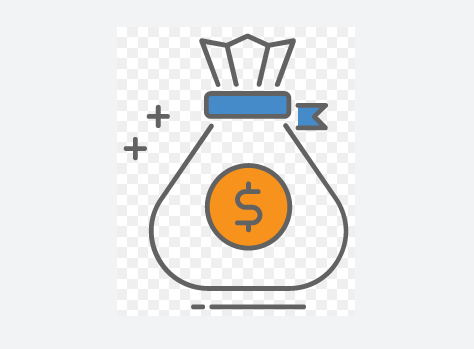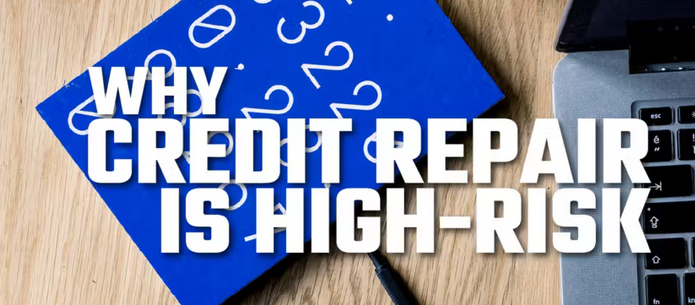As a merchant who accepts credit card payments, you may be familiar with the concept of a merchant account reserve. A merchant account reserve is a portion of your funds that is held by your payment processor as collateral for potential chargebacks, returns, and other losses. One type of merchant account reserve is a capped reserve, which is a fixed reserve with a maximum limit.
In this blog post, we’ll take a closer look at capped reserves, including what they are, how they work, and what you need to know as a merchant.
What is a Capped Reserve?
A capped reserve is a type of merchant account reserve that has a maximum limit. Once the reserve amount reaches the cap, no further amounts are held. For example, if your payment processor requires a capped reserve of $10,000, they will hold a percentage of your sales until the reserve amount reaches $10,000. Once the cap is reached, no further amounts will be held in reserve.
Capped reserves are often used for merchants who have a higher risk of chargebacks or who are new to accepting credit card payments. They provide a way for payment processors to manage risk while also limiting the impact on a merchant’s cash flow.
How Does a Capped Reserve Work?
A capped reserve works similarly to other types of merchant account reserves. A percentage of your sales is held in a reserve account to cover potential chargebacks, returns, and other losses. The amount of the reserve is typically a percentage of your sales, and it can range from 5% to 10% or more.
The key difference with a capped reserve is that there is a maximum limit to the amount that can be held in reserve. Once the reserve amount reaches the cap, no further amounts will be held. The cap is typically set by your payment processor based on your business’s risk profile.
Once the reserve period has ended and the cap has been reached, any excess funds will be released to you. The release of funds may be subject to a delay of several days to allow for processing and verification.
What Do You Need to Know as a Merchant?
As a merchant who is required to have a capped reserve, it’s important to understand how it works and what impact it may have on your business. Here are a few things to keep in mind:
- Reduced cash flow: Since a portion of your funds is being held in reserve, your available cash flow will be reduced. This can make it more difficult to cover expenses and invest in growth.
- Limited access to funds: While the reserve is being held, you won’t have access to those funds. This can limit your ability to invest in new products or services, make necessary upgrades to your business, or respond to unexpected expenses.
- Plan accordingly: It’s important to plan for the impact of a capped reserve on your cash flow and overall business operations. Factor it into your budget and cash flow projections to ensure that you can continue to operate effectively.
Conclusion
A capped reserve is a type of merchant account reserve that has a maximum limit. Once the reserve amount reaches the cap, no further amounts will be held. As a merchant, it’s important to understand how a capped reserve works and what impact it may have on your business. By planning accordingly and factoring it into your budget and cash flow projections, you can continue to operate effectively while managing the risks associated with accepting credit card payments. Feel free to reach out to us at GetPayment so we can help you in greater detail!




